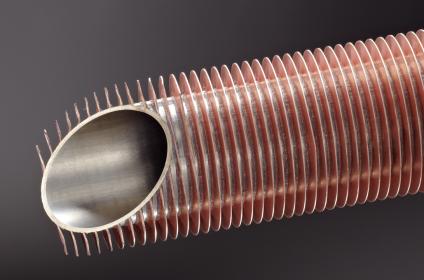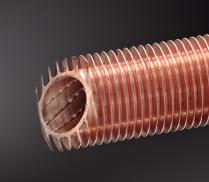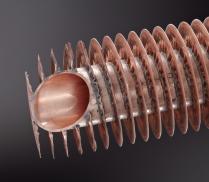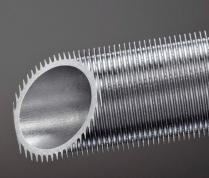Why should we use finned tubes in heat exchangers?
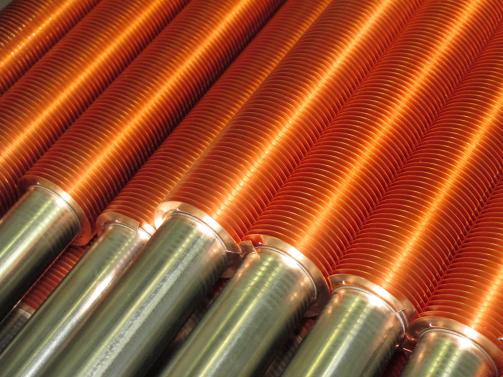
In the recent past we learned how fast the costs for energy could raise. But also if we look at the last decades, we will recognize that e.g. the natural gas prices raised significantly between 1992 and 2020. We will find a similar price development in the electricity sector. If the relevant price forecast for energy costs came true, we will get a trend of raising prices in the future.
A compensation of higher costs could be the use of heat exchangers to collect residual heat in processes and feed it into heating systems for example. Thereby, it is important how efficient the heat exchanger system is. As higher efficient the heat exchanger, as more energy we could save.

But how to build an efficient heat exchanger? If we concentrate on tube based heat exchangers, we could use plain or finned tubes. To understand the difference of the heat transfer of finned tube and plain tube, we prepared a simulation of the heat transfer of finned tube and plain tube. The results show us the temperature drop in both cases.
We consider a piece of finned tube (included one fin) and a piece of plain tube with the same length and material. Air flows outside of the tube and water flows inside of the tube. We put the same boundary and initial conditions for both models. The inlet temperature of air is lower than the inlet temperature of water (40°C). The results show that the temperature drop in case of plain tube is 4 times lower than the temperature drop of finned tube. This means the heat transfer of finned tube is significantly better than plain tube.
The example shows us that a finned tube has an explicit advantage in comparison with plain tubes. The efficiency of a heat exchanger tube depends on several factors which have to be considered by designing. With our calculation and simulation tools Schmoele is able to offer you the right tube configuration for your application.
Thereby, we are able to combine different materials to get an optimal heat transfer. Fore example, a finned tube could be produced out of a stainless tube and copper fins, if the fluid inside the tube is high corrosive. With copper fins, we optimize the heat transfer and raise the efficiency of a heat exchanger.
Find out more now about our fintubes:


